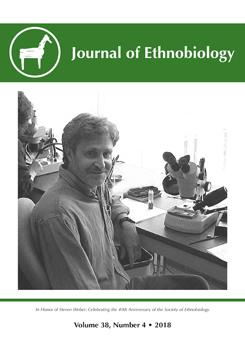Around the world, people notice birds, talk about birds, and learn from birds. Birds are identified as signs, messengers, augurs, teachers, and beings that can affect one's life and livelihood. The significations of birds vary across cultures and shift over time, but not in entirely arbitrary ways. In this review of published literature from the Human Relations Area Files and elsewhere on birds as signs, we extracted details about 498 kinds of birds in 123 ethnolinguistic groups and found that, worldwide, owls, crows, cuckoos, woodpeckers, herons, eagles, nightjars, and chickens were the most reported as sign-bearers. Ninety-two percent of signifying birds were categorized as of Least Concern in terms of conservation priority. Half of all signs were communicated by vocalizations and a quarter by bird behavior. Contrary to our expectations, when analyzed by order, passerines were not the most common sign-vehicles (23%); rather, near-passerines made up 34%, and 23% were non-passerines, both of the latter over-represented in comparison to number of species worldwide. Predictive signs can be understood as keys to human cognitive processes for remembering details of past experience and predicting/hypothesizing the future. The honed ecological awareness acquired by paying attention to birds translates more generally to sophisticated connective worldviews that extend our perceptive awareness in space and time.
How to translate text using browser tools
21 December 2018
“Listen Carefully to the Voices of the Birds”: A Comparative Review of Birds as Signs
Felice S. Wyndham,
Karen E. Park

Journal of Ethnobiology
Vol. 38 • No. 4
December 2018
Vol. 38 • No. 4
December 2018
biocultural salience
crosscultural ethnobiology
ecological indicators
ecosemiotics
ethno-ornithology




